Everything You Need To Know About Elephants
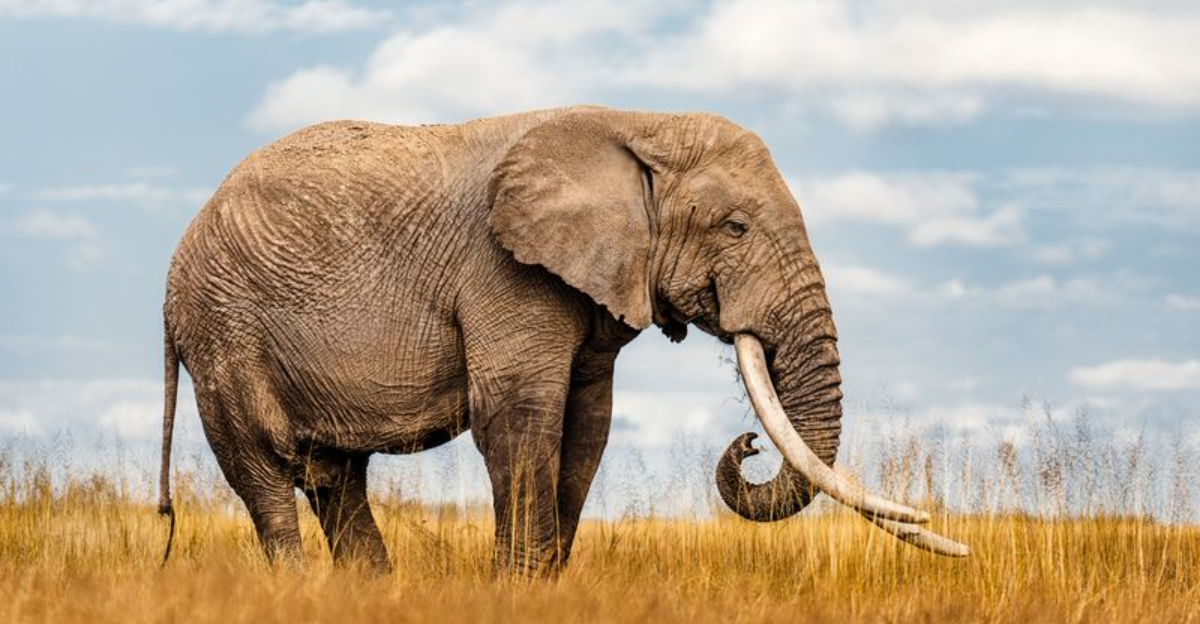
Gentle giants roaming the wild, elephants captivate our imagination with their intelligence and complex social structures. These remarkable creatures hold many secrets and fascinating characteristics that make them one of Earth’s most beloved animals. From their incredible memory to their unique physical features, there’s so much to discover about these magnificent mammals.
Trunks Have 40,000 Muscles

That trunk isn’t just for show! Packed with approximately 40,000 muscles, an elephant’s trunk is a marvel of natural engineering. For comparison, the entire human body contains about 600 muscles.
This incredible appendage serves as nose, hand, voice box, and drinking straw all rolled into one versatile tool.
Mourning Their Losses

When a family member passes away, elephants perform what looks remarkably like funeral rituals. They’ll stand over the deceased, gently touch the bones with their trunks, and sometimes cover the body with branches and dirt.
Years later, they’ll still visit the spot where their loved one passed away, showing profound emotional depth.
Pregnancy Lasts Two Years
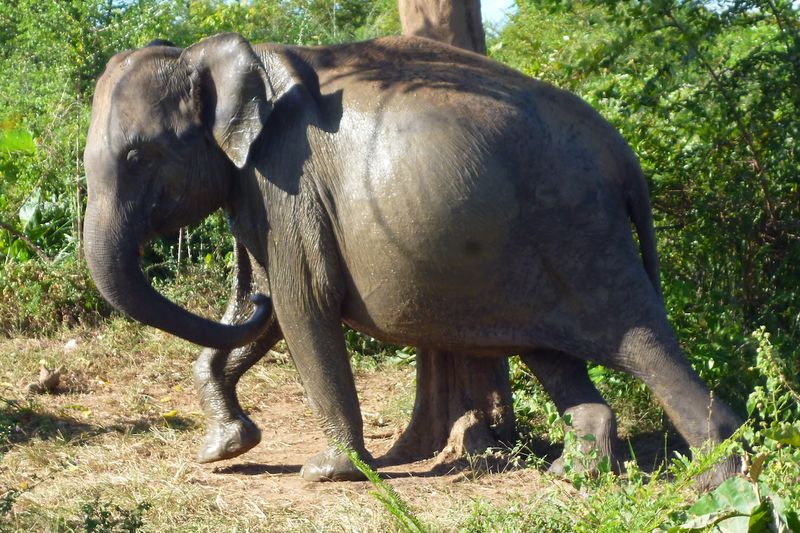
Talk about patience! Elephant moms carry their babies for 22 months – the longest pregnancy of any land animal. When finally born, calves weigh around 200-250 pounds and stand about 3 feet tall.
The extended gestation period allows baby elephants to develop more fully before facing the challenges of the wild.
Swimming Champions Despite Size

Surprisingly graceful in water, elephants are excellent swimmers! Their massive bodies actually float with ease, and they use their trunk as a natural snorkel when crossing deep rivers.
Some elephants have been observed swimming for up to six hours without touching the bottom, crossing distances of 30+ miles between islands.
Communicate Through Rumbles

The ground literally shakes when elephants talk! They produce infrasonic rumbles too low for human ears but that travel through soil for miles.
Other elephants receive these vibrations through sensitive cells in their feet and trunks. This underground communication network helps separated herds coordinate movements and warn of dangers.
Skin Is Thicker Than You Think

Despite measuring up to 1.5 inches thick, elephant skin is surprisingly sensitive. Their wrinkly appearance isn’t just for show – these cracks and crevices trap moisture and help cool them down in hot climates.
Regular mud baths provide protection against insect bites and harmful sun rays, acting as a natural sunscreen.
Tusks Are Actually Teeth

Those magnificent ivory tusks are actually modified incisor teeth that never stop growing! Adding about 7 inches of length every year, tusks serve as tools for digging, stripping bark, and defending against threats.
Sadly, these remarkable teeth have made elephants targets for poachers, pushing some populations toward tusklessness as a survival adaptation.
Memory Truly Is Extraordinary
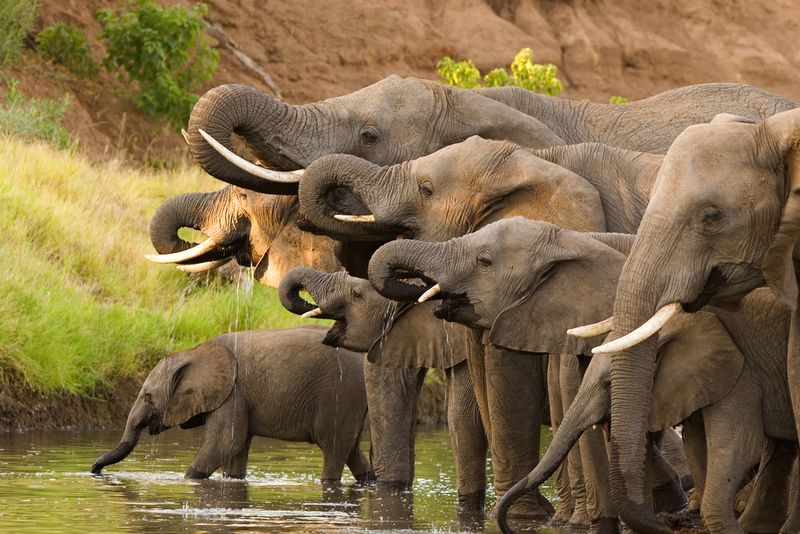
“An elephant never forgets” isn’t just a saying – it’s backed by science! Elephants can remember migration routes spanning hundreds of miles and recognize herd members they haven’t seen for decades.
Matriarchs hold knowledge of water sources from droughts 50+ years earlier, guiding their families to survival when tough times return.
Females Run The Show
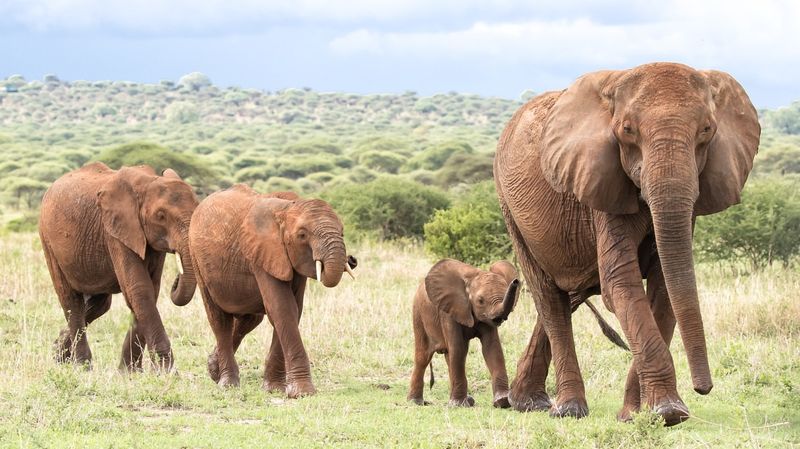
Girl power rules elephant society! Herds operate as matriarchies led by the oldest, wisest female. This matriarch makes crucial decisions about migration, protection, and resource management for the entire family group.
Males typically leave the herd around age 12-15, living either alone or in bachelor groups with looser social bonds.
Four-Chambered Hearts Like Humans
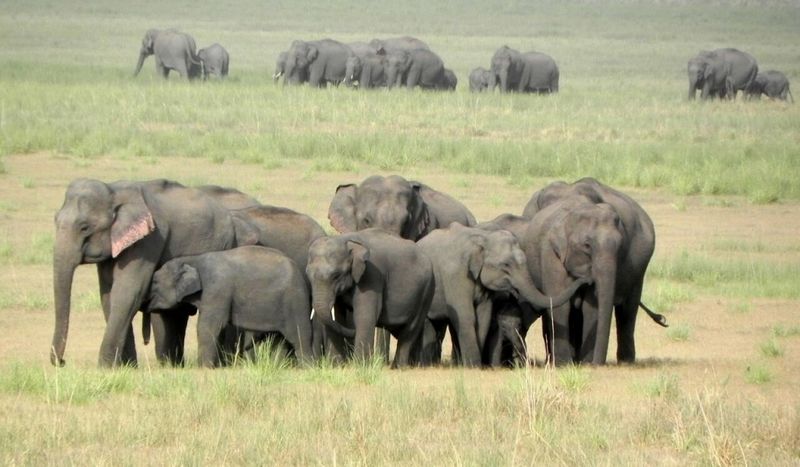
Beating just 30 times per minute (compared to our 60-100), elephant hearts share our four-chambered structure but weigh a whopping 30 pounds! This powerful organ pumps blood through the largest land mammal’s massive body.
Remarkably, elephants rarely develop heart disease despite their size and lifespan, fascinating medical researchers.
Drink 50 Gallons Daily
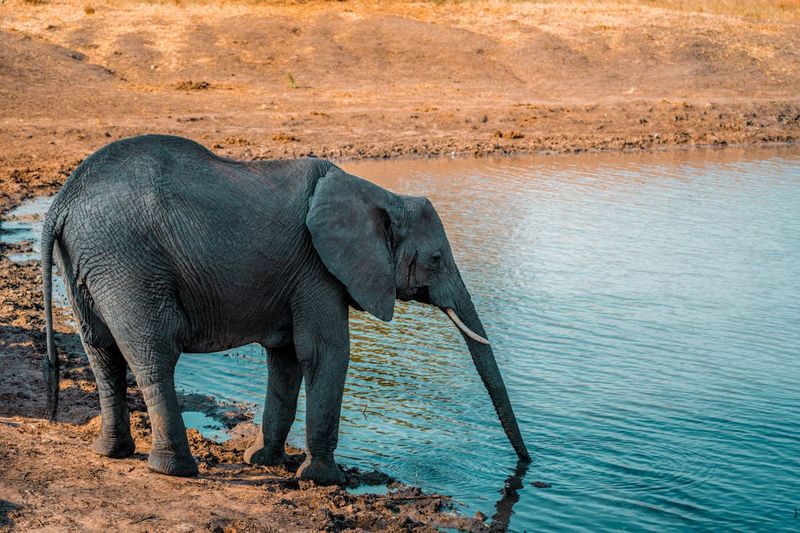
Thirsty work being an elephant! These giants consume 30-50 gallons of water daily – about the same as 500 water bottles. Their trunks can suck up 2 gallons at once, functioning like a built-in water bottle.
During dry seasons, they’ll dig deep holes in dried riverbeds to access underground water, creating oases that benefit other animals too.
Self-Awareness In Mirrors
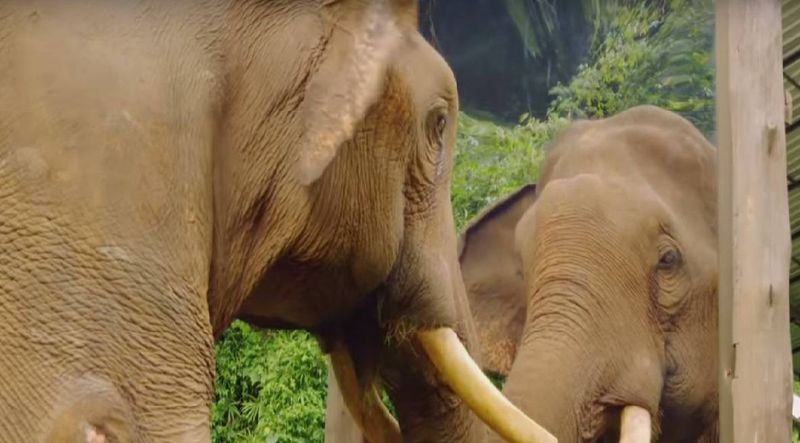
Only a handful of animals recognize themselves in mirrors – elephants are among this elite group! When researchers placed mirrors in elephant enclosures, the animals touched marks painted on their heads that they could only see in reflection.
This self-awareness indicates advanced cognitive abilities and consciousness similar to great apes and dolphins.
Use Tools Like Humans
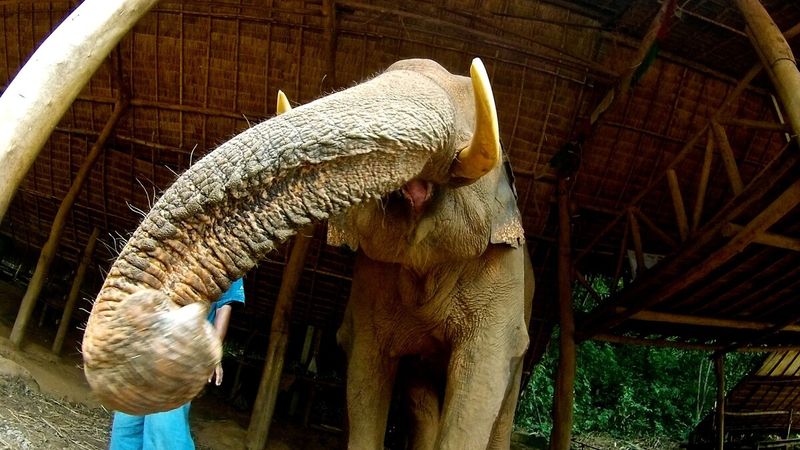
Need to swat a pesky fly? Elephants grab branches with their trunks to use as fly swatters! They’ve been observed using sticks to scratch hard-to-reach places and dropping logs on electric fences to disable them.
Some clever pachyderms even modify branches by breaking them to specific lengths before using them as tools.
Can Detect Water Underground
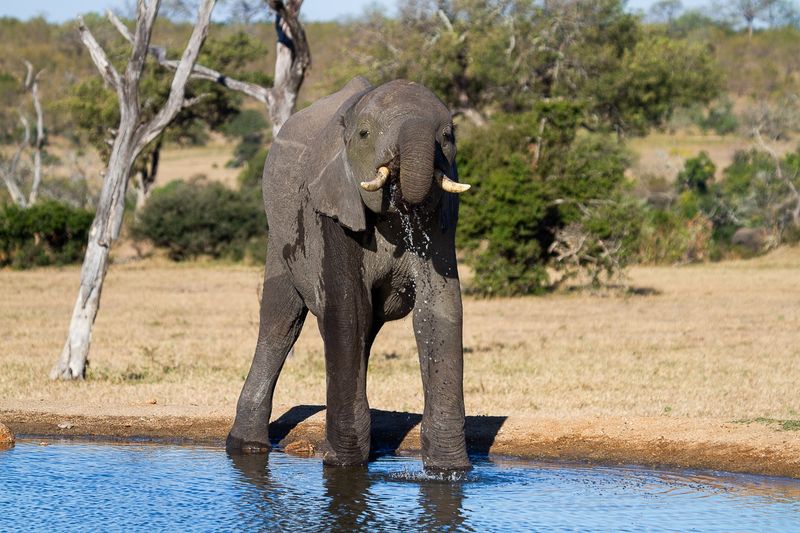
Nature’s water dowsers, elephants can sense underground water sources from miles away! Scientists believe they detect water vibrations through sensitive cells in their feet and trunks.
During droughts, entire ecosystems depend on elephants’ ability to locate and dig for hidden water. Their ancient knowledge of water sources makes them crucial ecosystem engineers.






